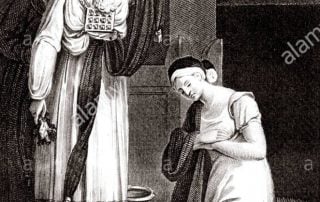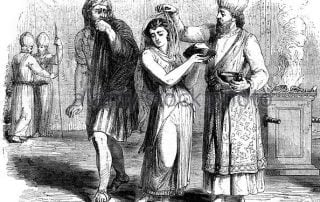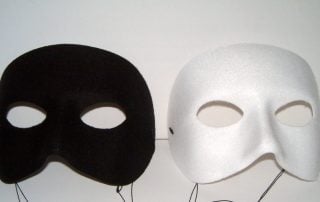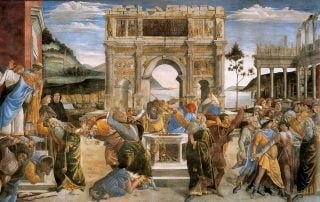Numbers — the Fourth Book of Torah
Menorah
Speak unto Aaron, and say unto him: "When thou lightest the lamps, the seven lamps shall give light in front of the menorah." (Num. 8:1) In the Torah portion Behaalotecha (Num. 8:1), Aaron is commanded to light the Menorah so that three light on the right and three lights on the left are directed towards the middle light. On the first blush, it appears to be a very strange commandment. Why would lights on the right and on the left need to be directed towards the center light? What is the significance of that? It seems to me that this unusual arrangement hints at fundamental structure of our world. Sefer Yetzirah states that this world is created in three domains – Olam (“World” – meaning space), Shanah (“Year” – meaning time) and Nefesh (“Soul” [...]





